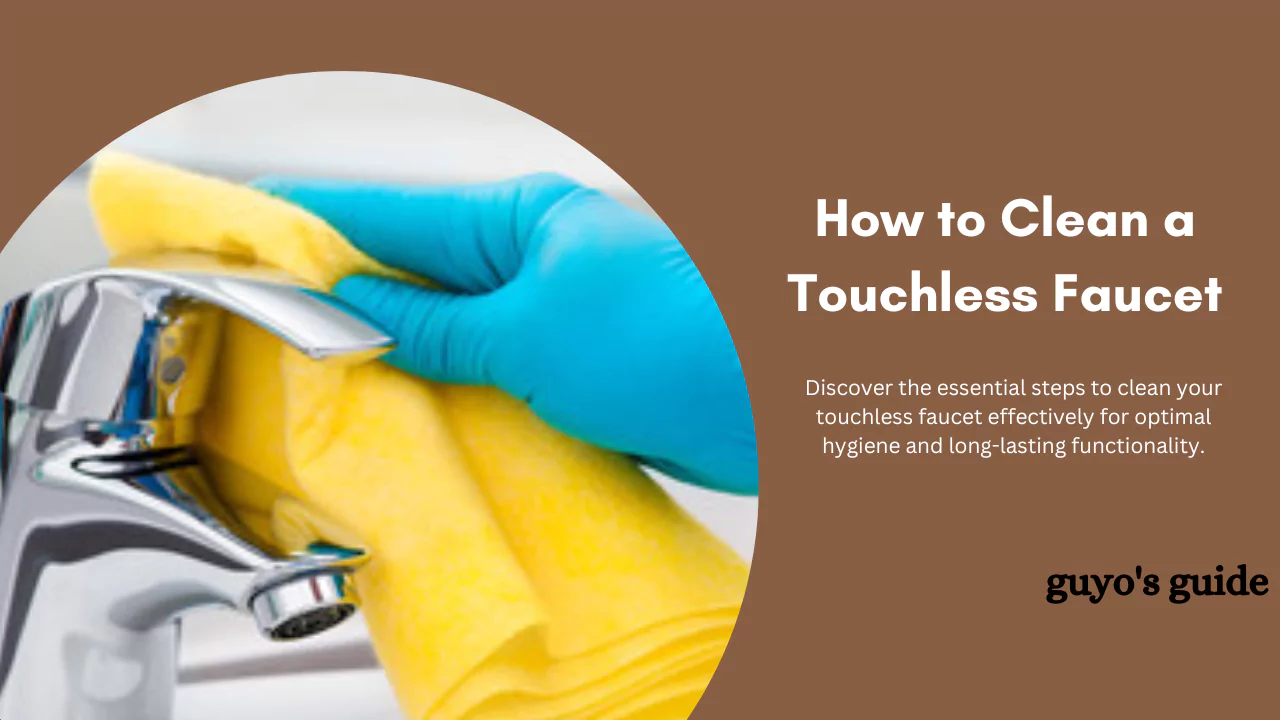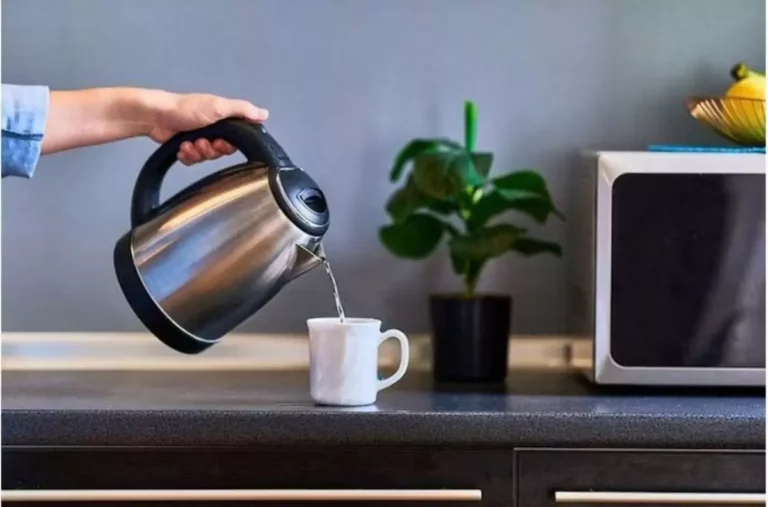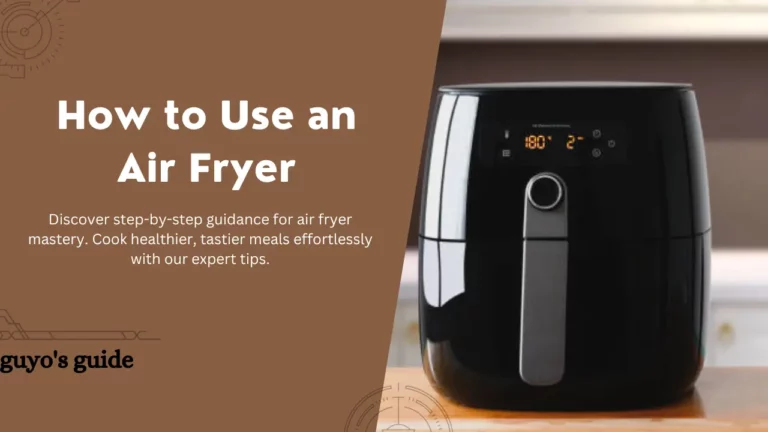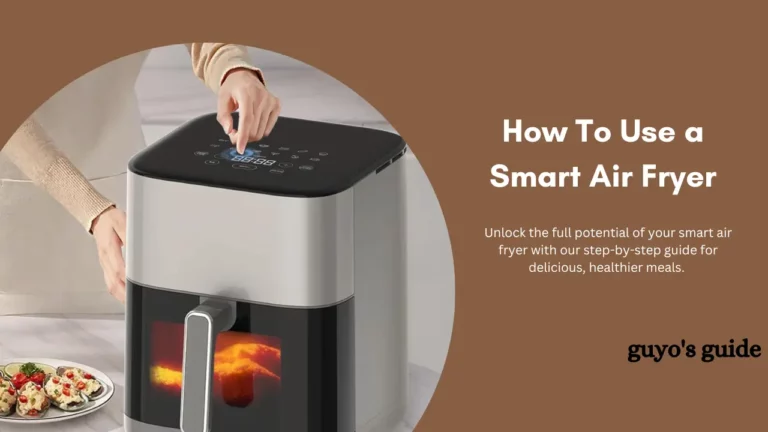How to Clean a Touchless Faucet (9 Simple Steps)


Touchless faucets have become increasingly popular for their convenience and hygienic benefits.
However, like any other fixture, they require regular cleaning to ensure optimal performance and longevity.
In this blog post, we will provide a step-by-step guide on how to clean a touchless faucet effectively.
By following these simple instructions, you can maintain a clean and functional touchless faucet in your home or workplace.
Let’s dive in.
Steps on How to Clean a Touchless Faucet
Cleaning a touchless faucet is essential to maintain its functionality and appearance. Here is a step-by-step guide on how to clean a touchless faucet:
Materials You’ll Need:
- Mild soap or faucet cleaner
- Soft cloth or sponge
- White vinegar (optional)
- Toothbrush or soft-bristle brush (optional)
- Water
Step 1: Turn Off the Power
Before you begin cleaning, ensure the touchless faucet is turned off and disconnected from the power source. This will prevent any accidental activation while you clean.
Step 2: Remove Any Loose Debris
Gently remove any loose debris, such as dirt or food particles, from the faucet’s surface and sensor using your hands or a soft cloth.
Step 3: Prepare a Cleaning Solution
Create a cleaning solution by mixing a few drops of mild soap with warm water. You can also use a faucet cleaner if you have one. Avoid using abrasive or harsh chemical cleaners, which can damage the faucet’s finish.
Step 4: Clean the Faucet Surface
Dip a soft cloth or sponge into the cleaning solution, wring out excess water, and gently wipe the entire faucet’s surface.
Pay attention to any areas with stubborn stains or smudges. Use a gentle circular motion to clean.
Step 5: Clean the Sensor
To clean the touchless sensor, use a soft cloth or a cotton swab dampened with the cleaning solution.
Gently wipe the sensor’s surface and the area around it to remove any dirt or grime that may interfere with its function. Be cautious not to scratch or damage the sensor.
Step 6: Rinse with Water
After cleaning, rinse the faucet and sensor with clean water to remove any soap residue. Make sure to wipe off any excess water with a dry cloth.
Step 7: Address Hard Water Stains (if necessary)
If your faucet has hard water stains, you can soak a cloth or paper towel in white vinegar and place it on the affected areas.
Let it sit for a few minutes to dissolve the mineral deposits, then gently scrub the stains with a soft-bristle brush or toothbrush. Rinse with clean water and dry.
Step 8: Reconnect and Restore Power
Once you’ve finished cleaning and everything is dry, reconnect the touchless faucet to its power source and turn it on.
Step 9: Regular Maintenance
To keep your touchless faucet clean and functioning well, make it a habit to wipe it down with a damp cloth or mild soapy water regularly. This will help prevent the buildup of grime and stains.
Tips for Caring for Your Touchless Faucet
Caring for your touchless faucet involves both regular maintenance and some additional considerations to keep it functioning correctly and looking great. Here are some tips for caring for your touchless faucet:
1. Regular Cleaning
Clean your touchless faucet regularly with a mild soap and water solution or a faucet-specific cleaner.
Wipe down the entire faucet, including the sensor, to remove dirt, smudges, and water spots. This helps maintain the faucet’s appearance and prevents sensor interference.
2. Avoid Harsh Chemicals
Do not use abrasive or harsh chemical cleaners, as they can damage the faucet’s finish and sensor. Stick to mild cleaning solutions to avoid any potential harm.
3. Drying After Use
After using the faucet, wipe it dry with a clean cloth to prevent water spots and mineral deposits from forming on the surface.
4. Maintain the Sensor Area
Keep the sensor area clean and free from obstructions. Dust or debris on the sensor can interfere with its operation. Use a soft cloth or cotton swab to clean the sensor regularly.
5. Replace Batteries or Recharge
If your touchless faucet is battery-operated or rechargeable, monitor the power source. Replace batteries when they run low, or recharge the unit as needed to ensure the touchless feature works correctly.
6. Address Leaks Promptly
If you notice any leaks or drips, address them promptly. Leaks can lead to water damage and mold growth. Check for loose or damaged parts and tighten connections as necessary.
7. Check for Hard Water Stains
Keep an eye out for hard water stains on your faucet’s surface. If they develop, use white vinegar or a commercial descaling solution to remove them. Consider using a water softener to prevent future buildup.
8. Inspect for Loose Parts
Regularly inspect the faucet for loose or damaged parts. Check the connections, handles, and spout to ensure everything is secure. Loose parts can lead to leaks or other malfunctions.
9. Use a Water Filter
If you have hard water or impurities in your water supply, consider installing a water filter or softener.
This can help reduce mineral deposits and improve the overall performance of your touchless faucet.
10. Refer to the Manufacturer’s Manual
Always consult the manufacturer’s manual for specific care and maintenance instructions. Different touchless faucets may have unique requirements.
11. Schedule Professional Maintenance
If you encounter problems that you can’t resolve on your own, consider scheduling professional maintenance or repair. Touchless faucets may have intricate components that require specialized attention.
FAQs
How often should I clean my touchless faucet?
It’s a good practice to wipe down your touchless faucet with a clean, damp cloth regularly to prevent the buildup of grime and water spots. A more thorough cleaning can be done on a weekly or bi-weekly basis, depending on your usage and water quality.
Can I use any cleaning solution to clean a touchless faucet?
It’s best to use a mild soap and water solution or a faucet-specific cleaner. Avoid using abrasive or harsh chemical cleaners, which can damage the faucet’s finish and sensor.
What should I do if I see hard water stains on my touchless faucet?
If you notice hard water stains, you can use white vinegar or a commercial descaling solution to remove them. Soak a cloth or paper towel in vinegar and place it on the affected areas for a few minutes, then gently scrub the stains with a soft-bristle brush or toothbrush.
Can I use a water softener to prevent hard water stains on my touchless faucet?
Yes, installing a water softener can help reduce mineral deposits and prevent hard water stains on your touchless faucet. It’s an effective long-term solution for maintaining your faucet.
How do I address leaks in my touchless faucet?
If you notice leaks, turn off the water supply to the faucet and contact a professional plumber or the faucet manufacturer’s customer support for repair or replacement. Leaks can lead to water damage and should be addressed promptly.
Wrap Up
Maintaining a clean touchless faucet is essential for both its functionality and aesthetic appeal.
By following the recommended cleaning and caring tips, you can ensure that your touchless faucet operates smoothly, remains free of unsightly stains, and continues to enhance the hygiene and convenience of your kitchen or bathroom.
Regular care not only preserves the faucet’s longevity but also ensures it consistently delivers on the promise of hands-free, effortless water access.






